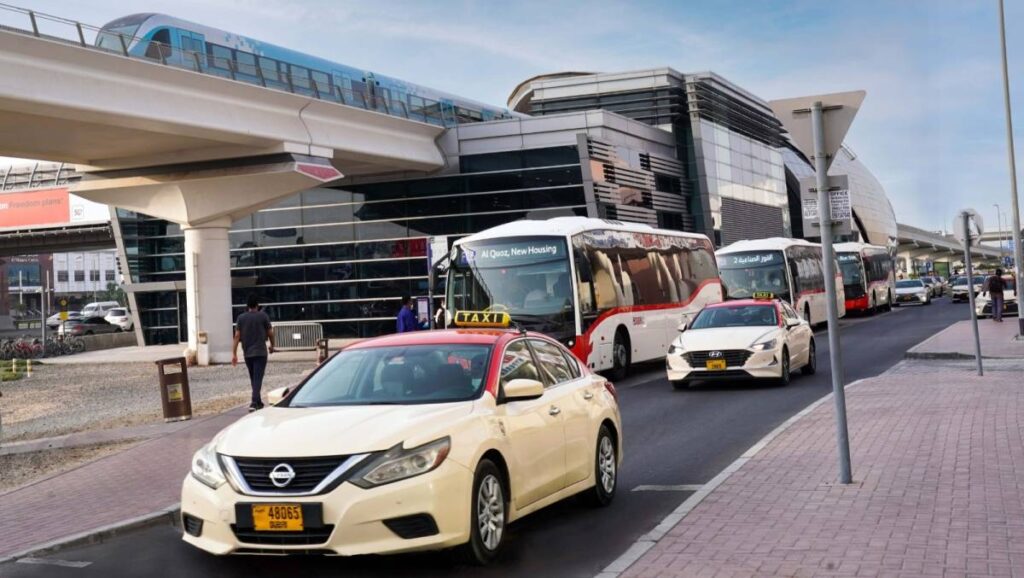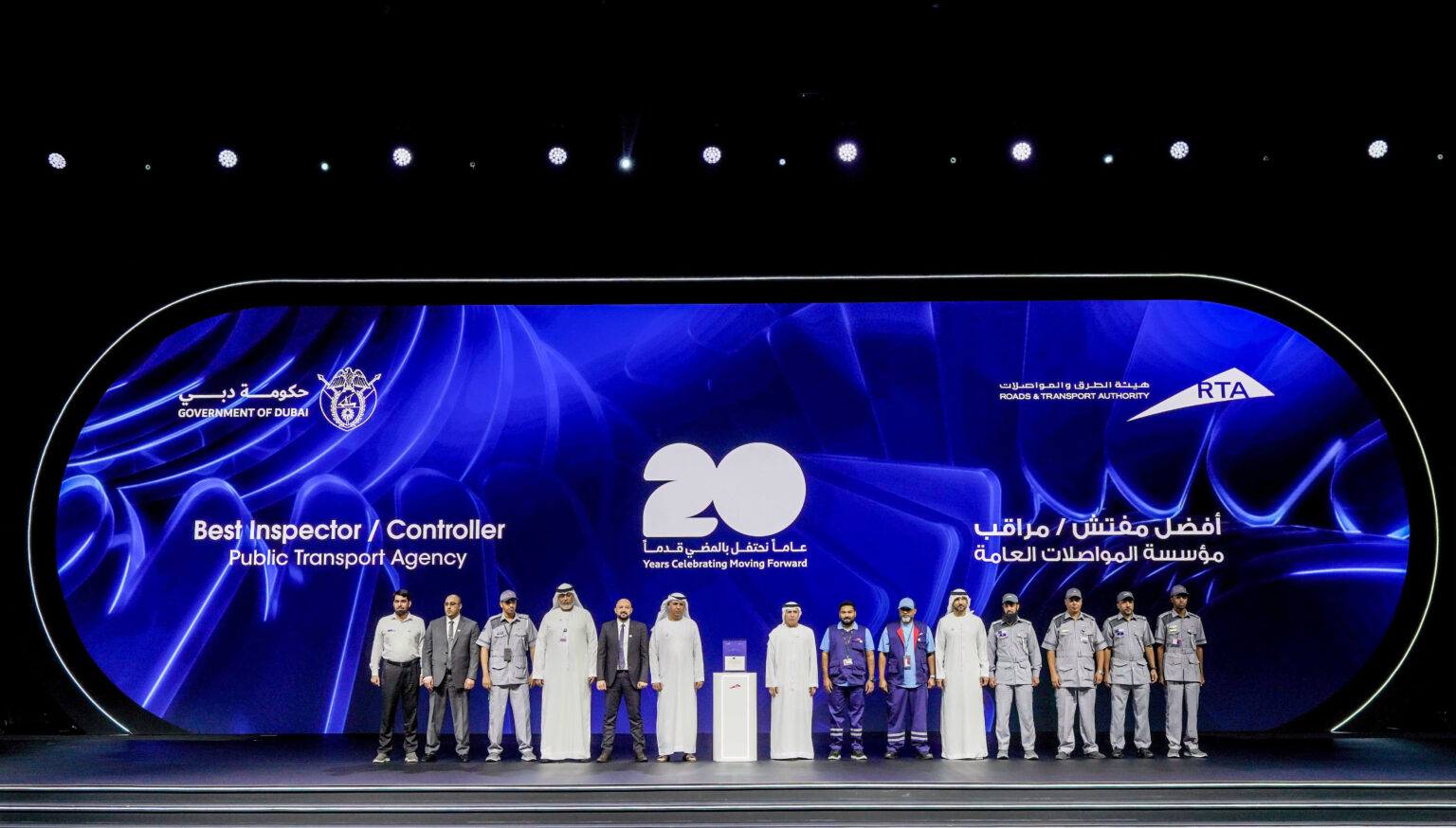Dubai has always been characterized as a place that looks into the future – a place where innovation collides with ambition. However, in a city that is moving this rapidly, good transport infrastructure is the real workhorse. This is the reason why November 1, 2005, became a historical day in the contemporary history of Dubai, the day when the Roads and Transport Authority (RTA) was founded. RTA has revolutionized the way millions of people travel within the emirate in the last 20 years. It has transformed Dubai into one of the most connected and commutable cities in the world with roads, rails, waterways, and even skyways.
Table of Contents
Laying the Foundation (2005–2009): Building a Smarter City
When RTA was launched, its aim was quite definite: to make the transport system safer, smoother, and smarter. By 2007, signs of a people-centric approach emerged with the implementation of articulated buses, Salik toll gates, and pink taxis geared towards women. One year later, the buses with two levels entered the market, providing a new vision of urban transport.

Then there was 2009, a historical year. His Highness Sheikh Mohammed bin Rashid Al Maktoum opened the Dubai Metro on September 9, 2009, at the time of 9:09:09 p.m. It has become the foundation of the Dubai transport network, relieving traffic and providing new standards to the world with the launch of Nol cards and automated payment systems.
The 2010s: Growth, Connectivity, and Global Recognition
The next decade was an era of growth at an exponential rate. The Green Line opened in 2011, and by 2012, the Dubai Metro was listed in the Guinness World Records as the largest driverless metro system in the world, covering some 75 kilometres.
It did not end there, and the Dubai Tram was opened in 2014, connecting such important locations as Dubai Marina and Jumeirah Beach Residence. The Dubai Water Canal was then launched two years later and transformed the waterfront transport in the city.
In 2017, Dubai was piloting flying taxis, which once again put the city on the world news radar due to its visionary idea. In the meantime, green tech (hybrid abras and eco-friendly transport) projects started forming a more sustainable and green city.
The 2020s: Future-Forward and Eco-Smart
The process of future progress of RTA gained momentum in the 2020s. In 2022, the Infinity Bridge was launched, serving as a new icon of Dubai’s limitless ambition, and it is a part of the multi-billion-dollar project to improve the connection between the Deira and Bur Dubai areas.

In 2024, commuters had the opportunity to have free Wi-Fi in major bus stations. Next, as the year 2025 approached, Dubai started to test electric buses and even flying taxis, which will be launched commercially in 2026. There are also plans in place to have a trackless tram system—another step towards the vision of the emirate transport system in 2050 being zero-emission.
RTA by the Numbers
- 2 million+ daily public transport users
- 25,000+ km of road network
- 3.5 million+ vehicles accommodated daily
- 100 km+ integrated Metro and Tram network
- 560 km+ dedicated cycling tracks
- 1,050 bridges and tunnels
- 31,000 taxis and limousines in service
- 130+ smart digital services
The projects by RTA have also, over the years, contributed Dh156 billion towards the GDP of Dubai and Dh158 billion towards the value of real estate and have aided the ever-expanding web of sustainable mobility.
Also Read: Top 10 Richest People in Dubai
From Roads to the Future: A 20-Year Legacy
RTA is not just an authority but a symbol of Dubai’s development, as the company is going to celebrate its 20th anniversary. Since the introduction of the first Salik gates to driverless metros and flying taxis, RTA has transformed the mobility in Dubai into a smarter, faster, and more sustainable one. Through each bridge, bus, and innovation, the RTA has not merely revolutionized the way Dubai moves—it has defined how the world perceives transport in the city in the 21st century.

